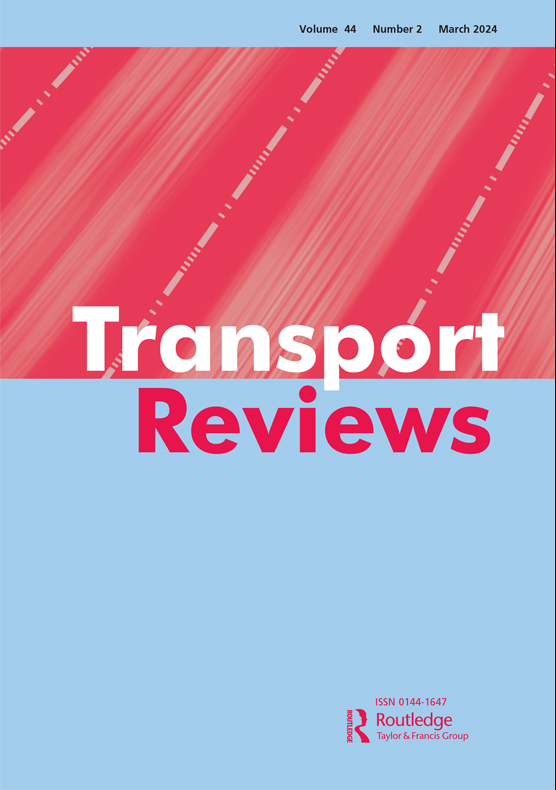Planning for cycling: are current transport models fit for purpose?
IF 9.9
1区 工程技术
Q1 TRANSPORTATION
引用次数: 0
Abstract
Cycling provides a sustainable alternative to motorised transport by reducing emissions and traffic fatalities, which underscores the need for strategic interventions that include both infrastructure investments and non-infrastructure measures such as polices and regulations to effectively promote cycling. To support this, it is essential to have accurate models incorporating key factors driving both transport and non-transport cycling decisions. This paper presents a summary of factors influencing cycling and evaluates their integration into current cycling models. The review spans both cycling-specific models and large-scale transport planning models, examining how well they account for transport and non-transport cycling. The paper underscores the importance of including non-transport trips in models, yet the review highlights the limited number of studies that do so and the frequent lack of distinction between transport and non-transport cycling, despite the significant share of non-transport cycling in many regions. There is a gap between factors influencing cycling and those used in current models, particularly in incorporating individual attitudes, preferences, and motivations – which are especially influential in cycling. The study highlights the challenge of multicollinearity, where correlations between factors like infrastructure and land use make it difficult to isolate the individual effects of each variable on cycling behaviour. This paper calls for a shift towards collecting longitudinal cycling data and conducting before-and-after studies to better isolate the factors influencing cycling behaviour, which could significantly enhance the accuracy and applicability of cycling models in infrastructure planning.
规划骑自行车:目前的交通模式适合用途吗?
自行车通过减少排放和交通事故死亡率,为机动交通提供了可持续的替代方案,这强调了战略干预的必要性,包括基础设施投资和非基础设施措施,如政策和法规,以有效促进自行车。为了支持这一点,有必要建立包含驱动交通和非交通骑行决策的关键因素的准确模型。本文综述了影响自行车骑行的因素,并对这些因素在当前自行车骑行模型中的整合程度进行了评价。这项研究涵盖了自行车专用模型和大规模交通规划模型,考察了它们如何很好地解释了交通和非交通自行车。本文强调了将非交通出行纳入模型的重要性,但综述强调了这样做的研究数量有限,并且经常缺乏对交通和非交通骑行的区分,尽管许多地区的非交通骑行占很大比例。影响骑自行车的因素与目前模型中使用的因素之间存在差距,特别是在纳入个人态度、偏好和动机方面,这些因素对骑自行车特别有影响。该研究强调了多重共线性的挑战,即基础设施和土地使用等因素之间的相关性使得很难分离出每个变量对骑行行为的单个影响。本文呼吁转向收集纵向骑行数据并进行前后对比研究,以更好地分离影响骑行行为的因素,这将显著提高骑行模型在基础设施规划中的准确性和适用性。
本文章由计算机程序翻译,如有差异,请以英文原文为准。
求助全文
约1分钟内获得全文
求助全文
来源期刊

Transport Reviews
TRANSPORTATION-
CiteScore
17.70
自引率
1.00%
发文量
32
期刊介绍:
Transport Reviews is an international journal that comprehensively covers all aspects of transportation. It offers authoritative and current research-based reviews on transportation-related topics, catering to a knowledgeable audience while also being accessible to a wide readership.
Encouraging submissions from diverse disciplinary perspectives such as economics and engineering, as well as various subject areas like social issues and the environment, Transport Reviews welcomes contributions employing different methodological approaches, including modeling, qualitative methods, or mixed-methods. The reviews typically introduce new methodologies, analyses, innovative viewpoints, and original data, although they are not limited to research-based content.
 求助内容:
求助内容: 应助结果提醒方式:
应助结果提醒方式:


